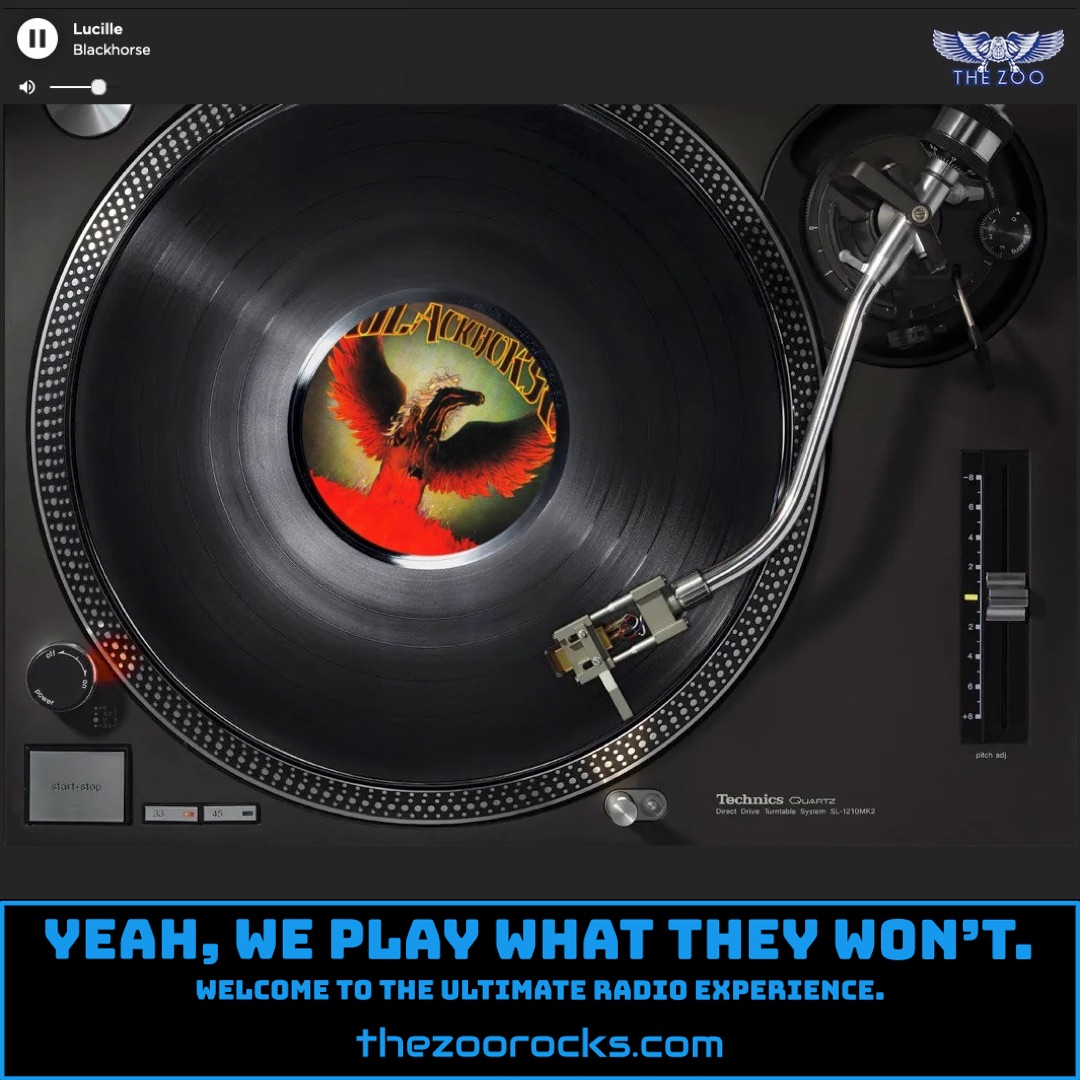Tumbling Dice
The Rolling Stones
Zoo Freaks, get ready to roll with some wild trivia about Tumbling Dice by The Rolling Stones from their iconic Exile on Main St. album! This track, released in April 1972, was born in the chaotic basement of Villa Nellcôte, a mansion in southern France where Keith Richards set up camp as the band dodged a hefty UK tax bill. Originally titled Good Time Women during 1970’s Sticky Fingers sessions, the song got a lyrical overhaul when Mick Jagger, inspired by a chat with his gambling-savvy housekeeper, wove in dice-playing jargon. Jagger later told The Sun in 2010, “I got the title in my head, ‘call me the tumbling dice’... I didn’t know anything about dice playing but I knew lots of jargon used by dice players.” The recording was a marathon, with engineer Andy Johns recalling up to 150 takes to nail that loose, bluesy groove, though Jagger’s never been thrilled with the “messy” mix, blaming the era’s production trends.
The song’s magic lies in its quirks—Mick Taylor swapped his guitar for bass due to Bill Wyman’s absence, while Jagger picked up rhythm guitar. Both Charlie Watts and producer Jimmy Miller layered drums, creating a double-tracked rhythm that gives the track its swagger. The gospel-tinged coda, with backing vocals by Vanetta Fields and Clydie King, was recorded later in Los Angeles, inspired by Jagger’s visit to an evangelical church where Aretha Franklin was cutting her Amazing Grace album. Keith Richards, reflecting on X in 2021, called it a triumphant moment: “Beautifully played by everybody. When everybody hits it, that's those moments of triumph.” Fun fact: Linda Ronstadt’s 1977 cover, sung from a female perspective, hit the Top 40 and landed in the film FM, though some Stones fans griped she made the lyrics too clear!
The Rolling Stones kicked off their legendary run in 1962 in London, sparked by a shared love for American blues and rock ‘n’ roll. Mick Jagger and Keith Richards, childhood pals who reconnected over records, teamed up with Brian Jones, a multi-instrumentalist who initially led the group. They honed their gritty sound in local clubs, with Ian Stewart on piano, Bill Wyman on bass, and Charlie Watts on drums cementing the early lineup. Jones named the band after a Muddy Waters tune, and their raw energy and rebellious vibe set them apart in the British Invasion. By the mid-60s, hits like (I Can’t Get No) Satisfaction made them global icons, blending blues roots with a defiant rock edge. Despite lineup changes—Jones left in 1969, replaced by Mick Taylor, followed by Ronnie Wood in 1975—the band’s core of Jagger, Richards, and Watts (until Watts’ passing in 2021) kept them rolling for six decades.
Stay connected with The Rolling Stones through their Facebook, Instagram, and X accounts, where they share tour updates, throwback pics, and more. Fans can dive deeper at the official Rolling Stones Experience site, which explores the Exile on Main St. era with exclusive content. Zoo Freaks looking for community can join fan-driven spaces like the Rolling Stones Fans Facebook Group or check out Rolling Stones Data for setlists, trivia, and history. Keep spinning those records, and let’s keep tumbling with the Stones!

